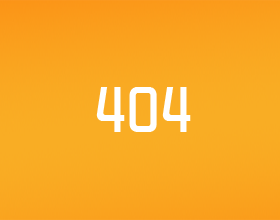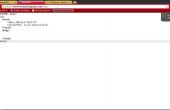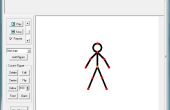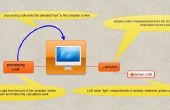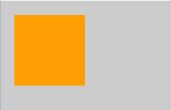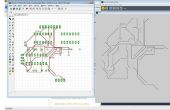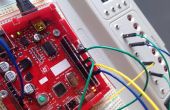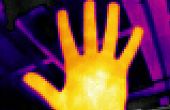Stap 5: Shapes

Er zijn een paar vormen die kunt u met een enkele opdracht.
line(X,Y,X',Y'); // (X,Y) and (X',Y') are the coordinates of the extremities.rect(X,Y,width,height); // (X,Y) is the top-left corner. ellipse(X,Y,Dx,Dy); // (X,Y) is the center, and Dx, Dy, the width and the height of the ellipse.//If you choose Dx=Dy, you get a circle. (Be careful, it’s not the radius, but the diameter)
Maar soms wilt u om meer complexe vormen te maken.
Ze zullen worden opgeslagen in een variabele PShape. U moet de volgende functies te maken en een vorm tekenen.
U declareert een gelijkaardig:
PShape MyShape; // declare a PShapeMyShape.createShape();// initialize your PShape object.MyShape.beginShape(); // You are going to define its corners.MyShape.vertex(Xo,Yo); // It adds the point (Xo,Yo) to your shape. ///////////////// // Repeat the MyShape.vertex(X,Y) for each corner.MyShape.vertex(Xo,Yo); // Repeat the first corner to close the shape.MyShape.endShape(); shape(MyShape); // draw the shape
De pshape.pde bedragen it up. Het creëert een PShape, met number_points in de hoeken.
Opmerking: In de "for-lus", normaal gesproken gebruikt u iets als:
for(int i=0 ;i<number_points;i++)
Maar hier moet je een "< =" om te sluiten van de shape.
Nu, is het tijd om iets interessanter te maken. De template.pde bevat wat u nodig hebt om fundamentele interacties met uw programma. U kunt laden en vul het op hetzelfde moment u de volgende stappen leest, of u kunt gebruiken voor uw eigen programma's.
